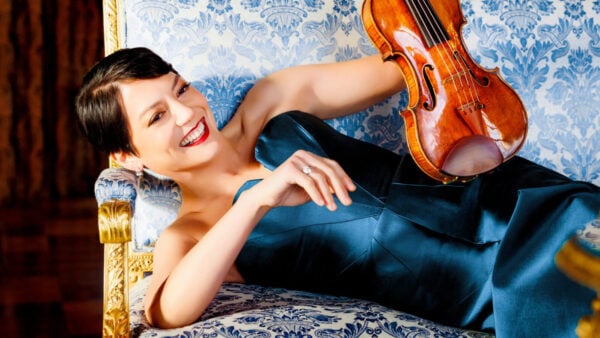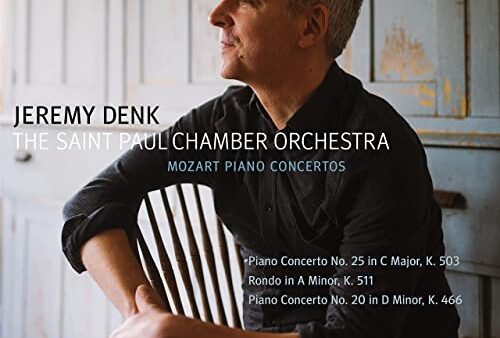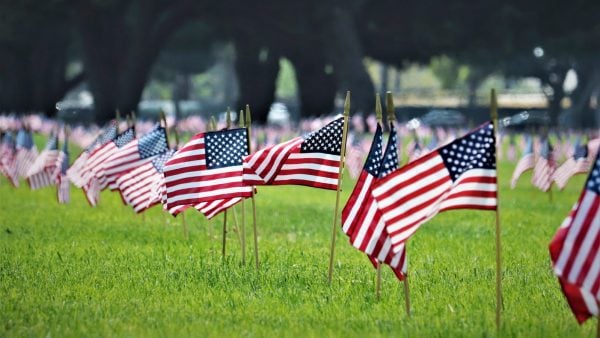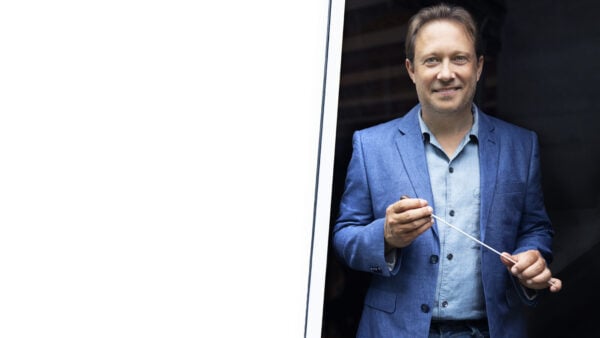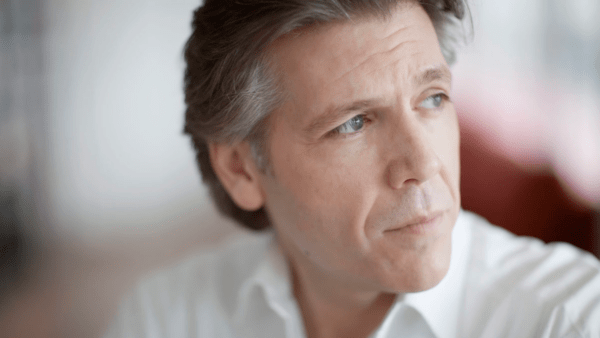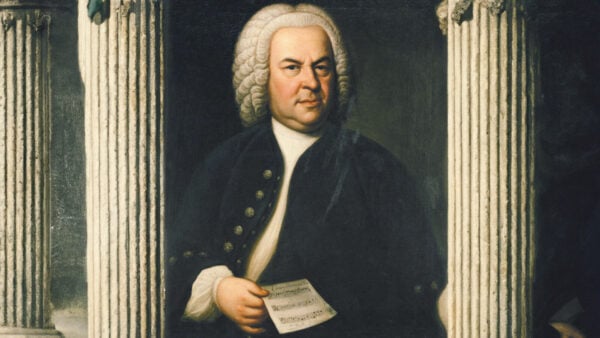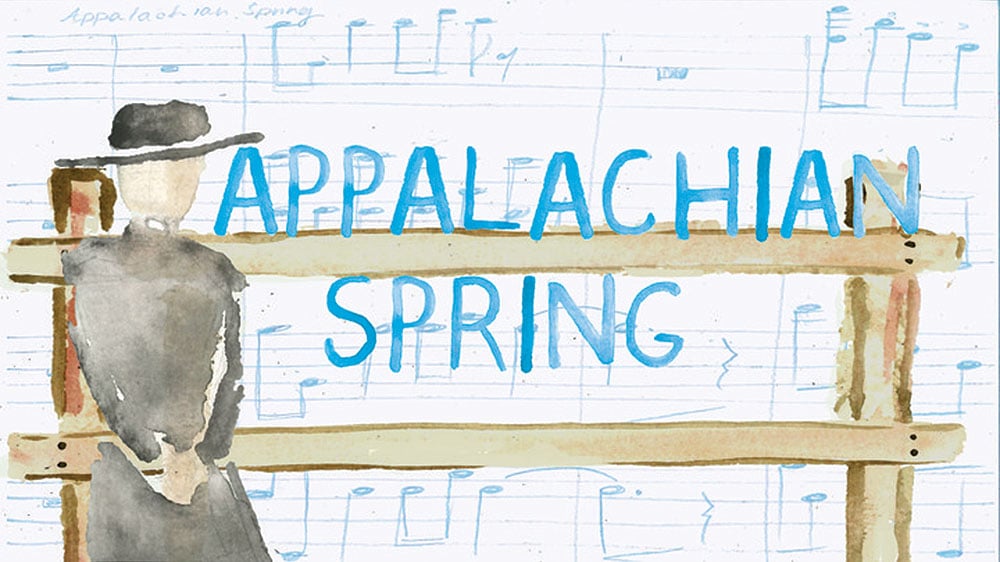
Illustration by Abigail Edmonds
October 30, 2019 marks the 75th anniversary of the premiere of Appalachian Spring. In commemoration, we are republishing this segment of Exploring Chords, which was first posted on October 20, 2017.
Aaron Copland’s longtime companion, David Walker, once reflected, “I understand instinctively the times he needed privacy and his wish to not discuss any compositional works that were in progress.... [Usually], what I heard when he was at the piano in the evenings was a phrase here, a chord there, realizing silently that these were the makings of a Copland piece that eventually the world would hear and become familiar with."
At a friendly gathering attended by Aaron Copland, Leonard Bernstein sat at the piano and boasted that he could empty a room in two minutes by playing Copland’s Piano Variations. He failed to clear the room, and it is in these piano variations that Bill McGlaughlin hears a fleeting moment of inspiration, a chord that Copland revisits to use as a building block for a new work he called Ballet for Martha.
In the 1970s, Bill McGlaughlin and Aaron Copland shared conducting duties for the Saint Paul Chamber Orchestra on tour. Aaron would conduct the first half of the concert, including Appalachian Spring, and Bill would take over for the second half. Bill remarks that the instrument in Appalachian Spring is unusual; in fact, it was dictated by the size of the space allowed for the orchestra at the premiere, which was given in the auditorium of the Library of Congress.
Prominent arts patron Elizabeth Sprague Coolidge commissioned Copland in 1943, for $500, to write this half-hour ballet for Martha Graham. Coolidge wanted it to be an uplifting work with American themes for four main dancers and 13 musicians. America lovingly embraced this ballet as its own, and in 1945 Aaron Copland won the Pulitzer Prize in Music for composing it. Martha Graham named Copland’s new ballet Appalachian Spring, a journey to meet springtime, from a Hart Crane poem, "The Dance.”
O Appalachian Spring! I gained the ledge;
Steep, inaccessible smiles that eastward bends
and northward reaches in that violet wedge
Of Adirondacks!
"The Dance," Heart Crane

The Martha Graham Dance Company performs “Appalachian Spring” on the stage of the Library’s Coolidge Auditorium on Oct. 30, 1944. The Elizabeth Sprague Coolidge Foundation Collection, Music Division.
Hart Crane, interestingly, was not writing about springtime, but actually about a mountain spring:
I took the portage climb, then chose
A further valley-shed; I could not stop.
Feet nozzled wat’ry webs of upper flows;
One white veil; gusted from the top.
O Appalachian Spring!
"The Dance," Heart Crane
From the moment of its creation, this music and its ballet continue to speak to the American soul. Copland arranged it for full orchestra, and it is now considered standard orchestral literature. For President Barack Obama’s first inauguration, John Williams composed Air and Simple Gifts, which incorporates the same folksong tune Copland used in the ballet. Violinist Itzhak Perlman, cellist Yo Yo Ma, clarinetist Anthony McGill, and pianist Gabriella Montero performed it for millions to hear.

